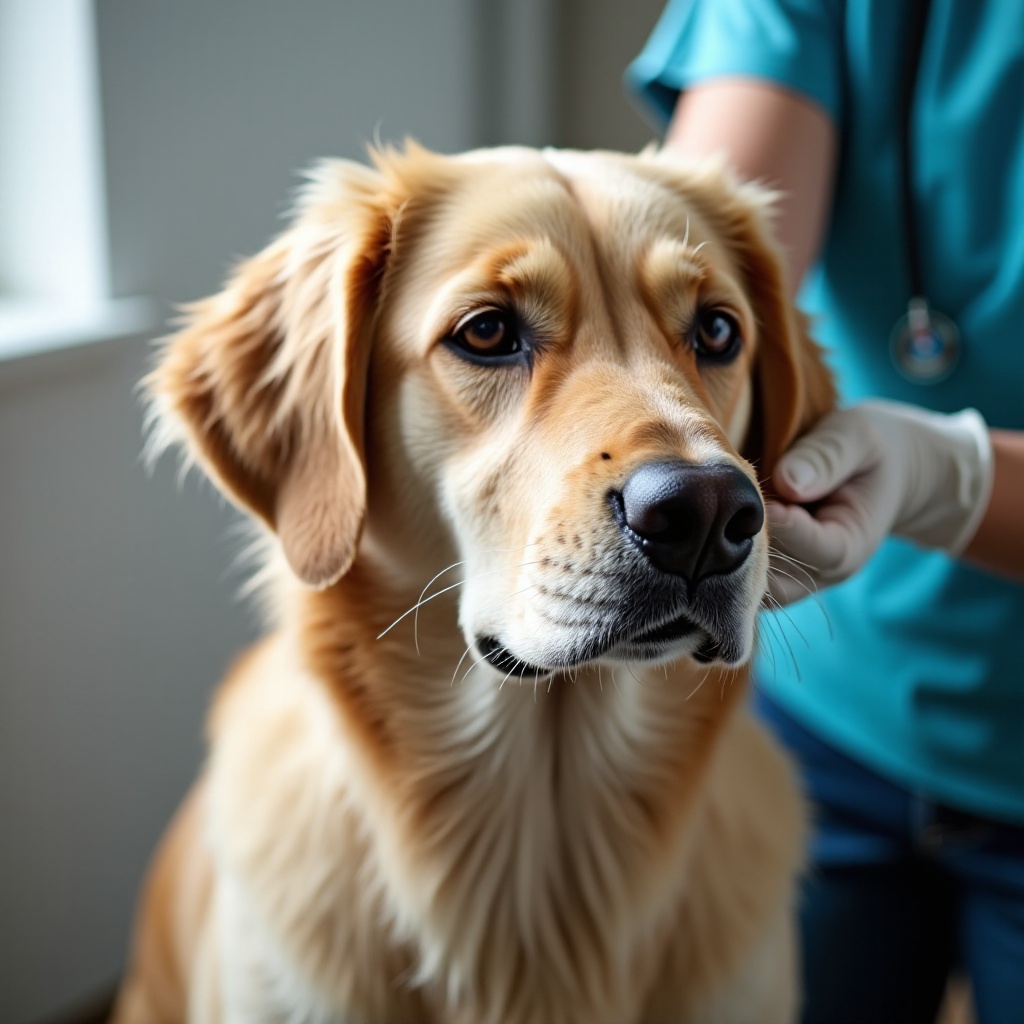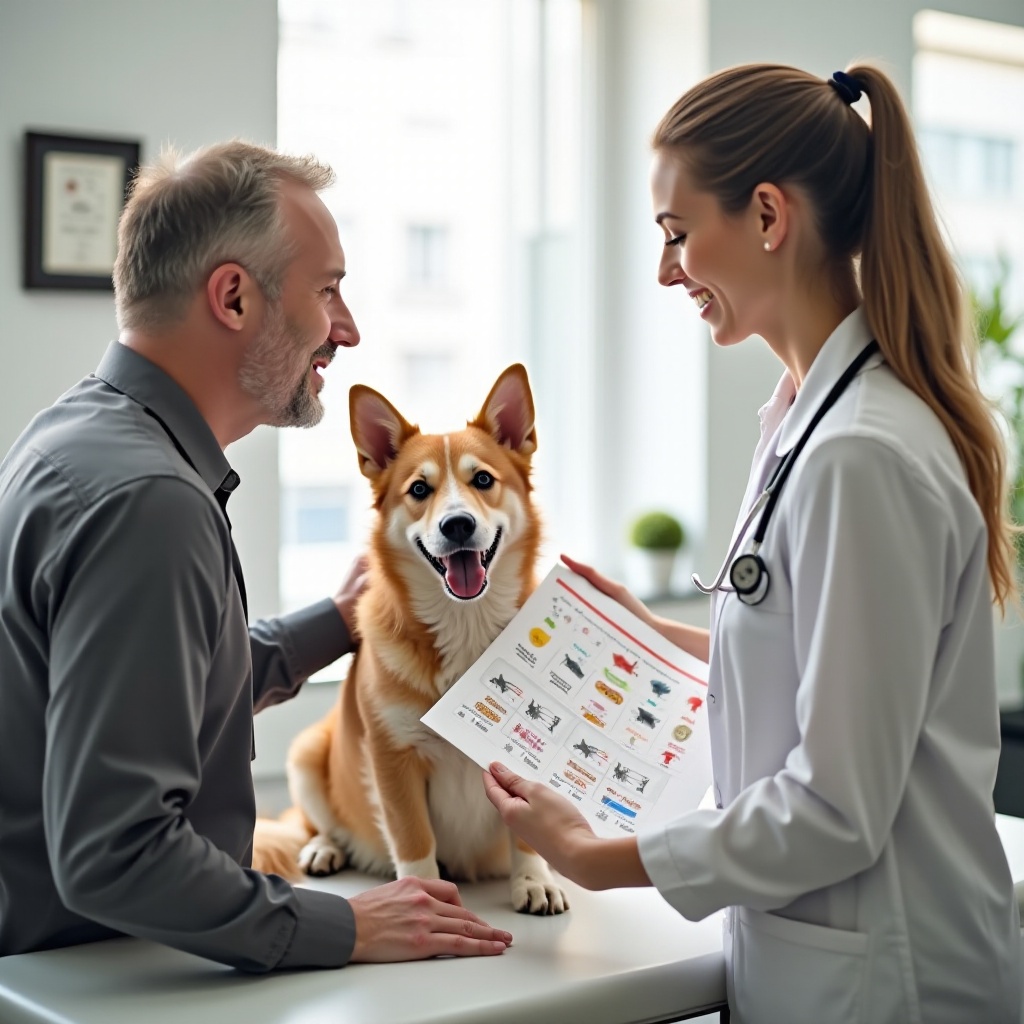Introduction
Dogs often suffer from ear mites and fleas, which can significantly impact their health and comfort. Understanding how to identify, treat, and prevent these common issues is crucial for any responsible pet owner. Addressing ear mites and fleas promptly ensures your dog’s well-being and minimizes their discomfort. This comprehensive guide will cover everything you need to know about managing ear mites and flea infestations in dogs.

Understanding Ear Mites in Dogs
What Are Ear Mites?
Ear mites are tiny, parasitic insects that live in the ear canals of dogs. These microscopic pests feed on earwax and oils in your dog’s ears, leading to irritation and infection. They are highly contagious and can easily spread from one animal to another, making prompt treatment essential.
Symptoms of Ear Mites in Dogs
Detecting ear mites early can make treatment easier and prevent more severe complications. Common symptoms include:
- Persistent scratching around the ears
- Dark, waxy ear discharge resembling coffee grounds
- Redness and inflammation in the ears
- Head shaking or tilting
- Unpleasant odor from the ears
Diagnosis and Early Detection
If you suspect your dog has ear mites, consult a veterinarian. They use an otoscope to look inside the ear for visible mites or take a sample of ear debris for microscopic examination. Early detection and treatment prevent the condition from worsening and reduce the risk of secondary infections.
Understanding Fleas in Dogs
To effectively manage your dog’s health, it’s essential to also understand fleas and their impact. Transitioning from ear mites, let’s delve into what fleas are and how they affect dogs.
What Are Fleas?
Fleas are small, wingless insects that feed on the blood of mammals and birds. These external parasites are a common problem for dogs and can cause significant discomfort. Fleas can jump long distances, making it easy for them to move from one host to another.
Symptoms and Signs of Flea Infestations
Flea infestations cause various signs and symptoms in dogs. Look out for:
- Excessive scratching or biting at the skin
- Visible flea dirt (small dark flecks) on the skin
- Red, irritated skin or hot spots
- Hair loss and scabs
- Fleas visible on the coat or in the bedding
Diagnosis and Early Detection
To diagnose a flea infestation, check your dog’s coat and skin regularly. A flea comb can help you spot fleas and flea dirt. If you find evidence of fleas, your veterinarian may recommend treatments to eliminate the parasites and soothe your dog’s irritation.
Effective Treatments for Ear Mites
Having understood the nature and symptoms of ear mites and fleas, it is pertinent to now look at the various treatment options available for each. We start with ear mites.
Over-the-Counter Ear Mite Treatments
Several OTC products are available for treating ear mites. These include ear drops containing pyrethrins or insecticidal compounds that kill mites on contact. Follow the product instructions carefully for the best results.
Prescription Medications
For severe infestations, prescription treatments may be necessary. Your veterinarian might recommend stronger ear drops or oral medications to eliminate the mites. These treatments typically require a prescription and follow-up visits to ensure the mites are completely eradicated.
DIY Home Remedies
Some dog owners prefer natural remedies, such as olive oil, which can smother ear mites. While these methods can be effective, it is essential to consult your veterinarian before trying home remedies to ensure they are safe and appropriate for your dog.
Precautions and Side Effects
When using any ear mite treatment, follow the instructions precisely to avoid side effects such as skin irritation or allergic reactions. Always monitor your dog for adverse reactions during treatment and seek veterinary advice if you notice any concerning symptoms.
Effective Treatments for Fleas
Likewise, understanding the different flea treatments will help you choose the best approach for your dog. Let’s explore these options now.
Topical Flea Treatments
Topical treatments, applied directly to your dog’s skin, are a popular choice for flea control. These include spot-on treatments and shampoos that kill fleas on contact. Common active ingredients in these products are fipronil or permethrin.
Oral Medications
Oral medications, such as chewable tablets or pills, can effectively control flea infestations. Brands like NexGard or Bravecto offer long-lasting protection by killing fleas before they lay eggs.
Flea Collars
Flea collars release chemicals that repel or kill fleas. They provide continuous protection for several months. Ensure the collar is appropriately fitted for your dog’s size and follow product guidelines to maximize effectiveness.
Natural Remedies and Preventatives
Natural remedies include essential oils like lavender or cedarwood. However, these should be used cautiously, as some dogs may be sensitive to certain oils. Always consult your vet before starting any natural treatment.

Preventative Measures
Preventative measures are essential for long-term control of ear mite and flea infestations. Integrating these practices into your routine can help maintain your dog’s health.
Regular Grooming and Hygiene
Consistent grooming and hygiene practices help prevent ear mite and flea infestations. Brush your dog’s coat regularly, bathe them with anti-parasitic shampoo, and keep their ears clean and dry to reduce the risk of parasites taking hold.
Environmental Controls: Cleaning and Yard Maintenance
Maintaining a clean living environment is crucial. Vacuum your home frequently, wash your dog’s bedding, and treat your yard with pet-safe insecticides to minimize flea populations.
Regular Vet Check-Ups
Routine vet check-ups are vital for catching and addressing infestations early. Your vet can provide preventive treatments and thorough checks to ensure your dog remains parasite-free.

Conclusion
Ear mites and fleas are common yet manageable issues in dogs. By understanding how to identify and treat these parasites, you ensure your dog’s comfort and health. Remember to consult your veterinarian for the best treatment options and preventive measures. This guide provides you with the knowledge to tackle ear mites and fleas effectively, ensuring a happier, healthier life for your furry friend.
Frequently Asked Questions
How often should I check my dog for ear mites and fleas?
You should check your dog for parasites monthly or whenever you notice unusual behavior like excessive scratching or ear discharge.
Can ear mites be transferred to humans?
While ear mites primarily infest animals, they can rarely transfer to humans. However, they typically do not survive long on humans and are more of a concern for pets.
What is the best way to prevent flea infestations in my home?
Regular cleaning, vacuuming, and using flea preventatives like topical treatments or oral medications are the best ways to prevent flea infestations in your home.
